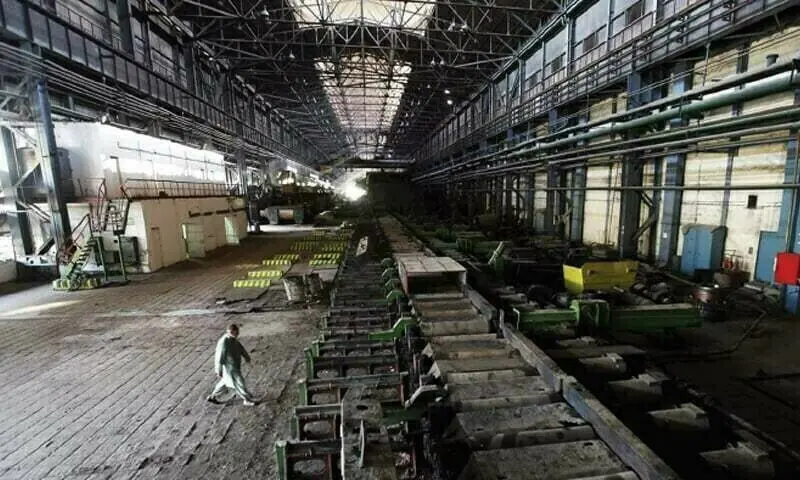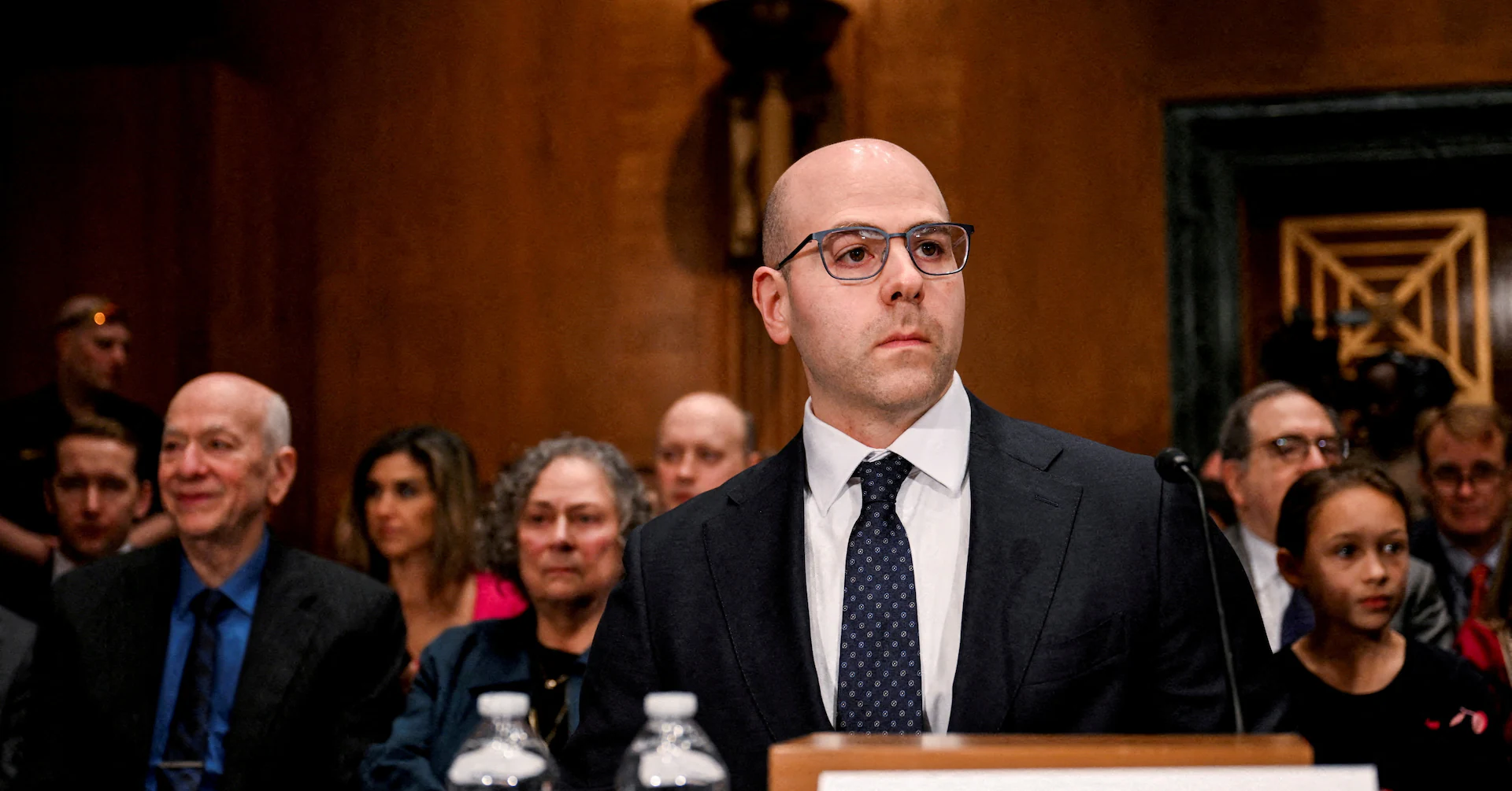By Newsday
Copyright newsday

THE PRIVY Council’s September 17 ruling on the statutory limit that applies to health and safety offences raises the prospect of a widespread and dire travesty of justice. The government must move swiftly to plug the legal gap created by the law lords’ findings.
Hundreds, if not thousands, of cases currently before the Industrial Court stand to be discharged given the outcome of the appeal brought by the Occupational Safety and Health Authority (OSHA) against the University of the West Indies in relation to a worksite accident that happened almost a decade ago. Among them are, notably, the tragic 2023 Paria case and a 2024 matter involving a WASA employee who was buried alive in a trench while installing a sewer main.
At issue was how the provisions of OSHA’s governing law should be read. The legislation left open two interpretations of the time-bar to health and safety offences: one section suggested it was six months (section 93), another two years (section 97B). For almost two decades, OSHA, which has limited resources at its disposal, has been assuming the statute of limitations runs for two years. Not so, said London this week. It found a distinction in the legislation between civil proceedings and other ones.
“The board is in no doubt,” said Lady Simler. “The act is consistent and creates a rational scheme for the prosecution of criminal offences under the act, all of which (without distinction) must be commenced within six months.”
Far-reaching are the repercussions. OSHA told the law lords that in the period 2021 to 2022 alone, 244 complaints were filed under the assumption that the longer time limit applied. Assuming that figure is representative of the annual rate of filings, as many as 1,000 cases, all stayed pending this week’s findings, could be affected.
At the root of this matter is, yet again, deficiencies in legislative drafting. Effectively, the case was about whether a “complaint” under one section was the same as a “cause of action” under another.
But while the courts and lawyers were debating such semantics, workers have been dying. In the years 2019 to 2025, as the UWI case snaked its way through the system, the total critical accidents reported to OSHA was at least 310, according to the entity. Total workplace accidents reported in the period numbered at least 6,766.
Six months is not enough time. The history of how the state, OSHA and law enforcement authorities have handled worksite accidents – high-ranking prosecutors do not even feel corporate manslaughter exists in our laws for fatal cases – bears this out. Years-long delays have left grieving families inconvenienced. Now, the law lords would deny them justice entirely. The government must forthwith amend the law and validate existing Industrial Court proceedings.



